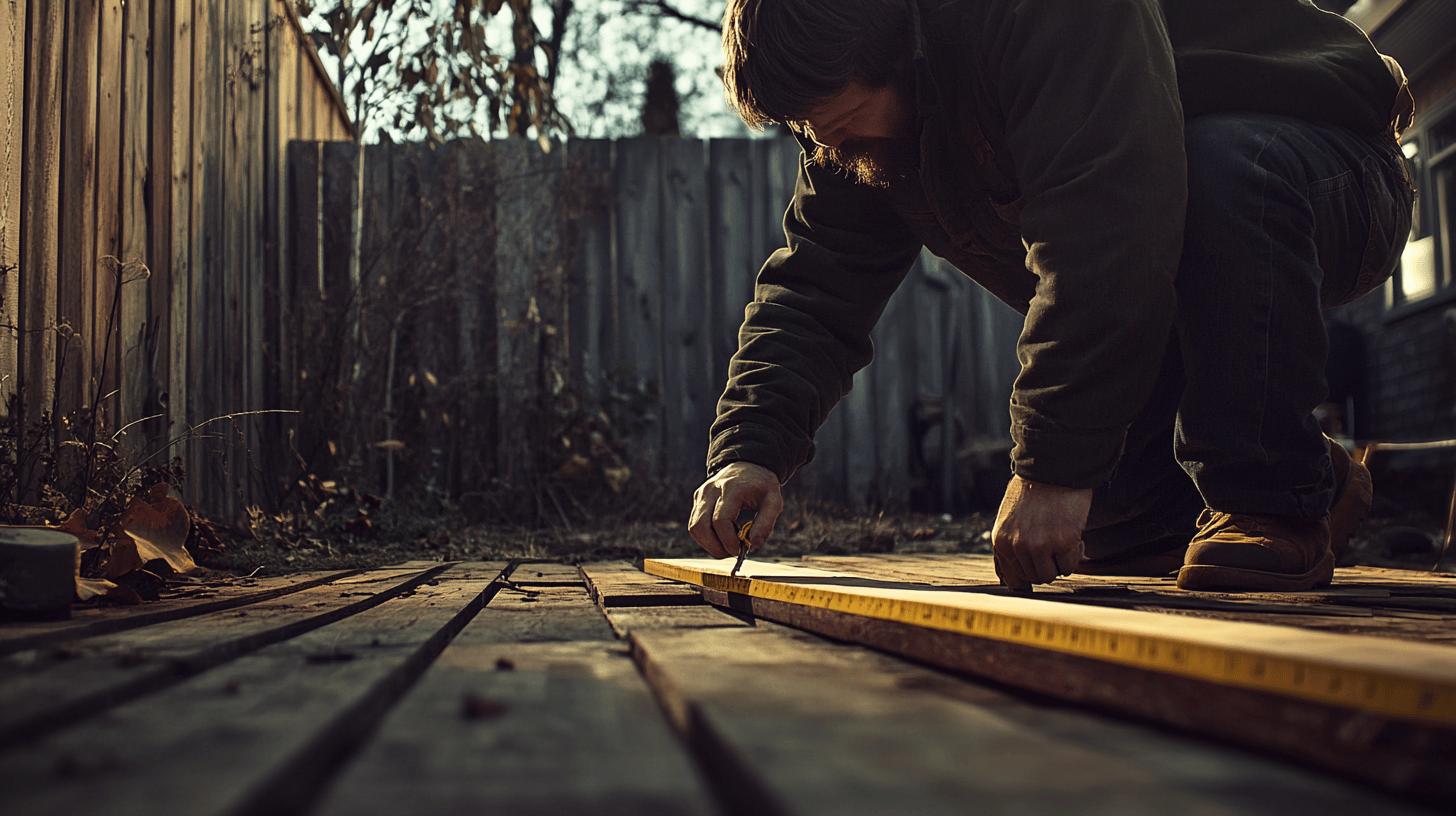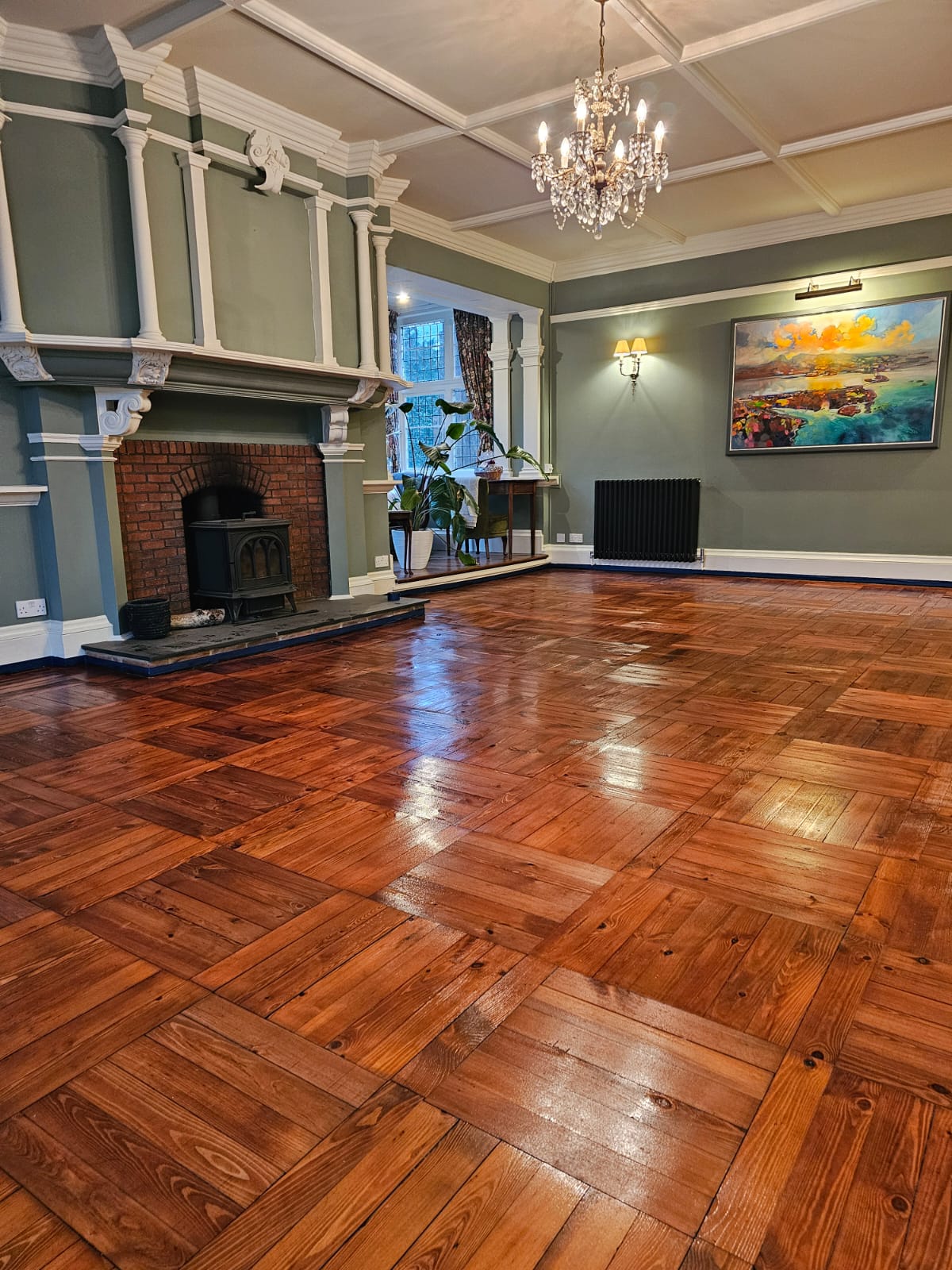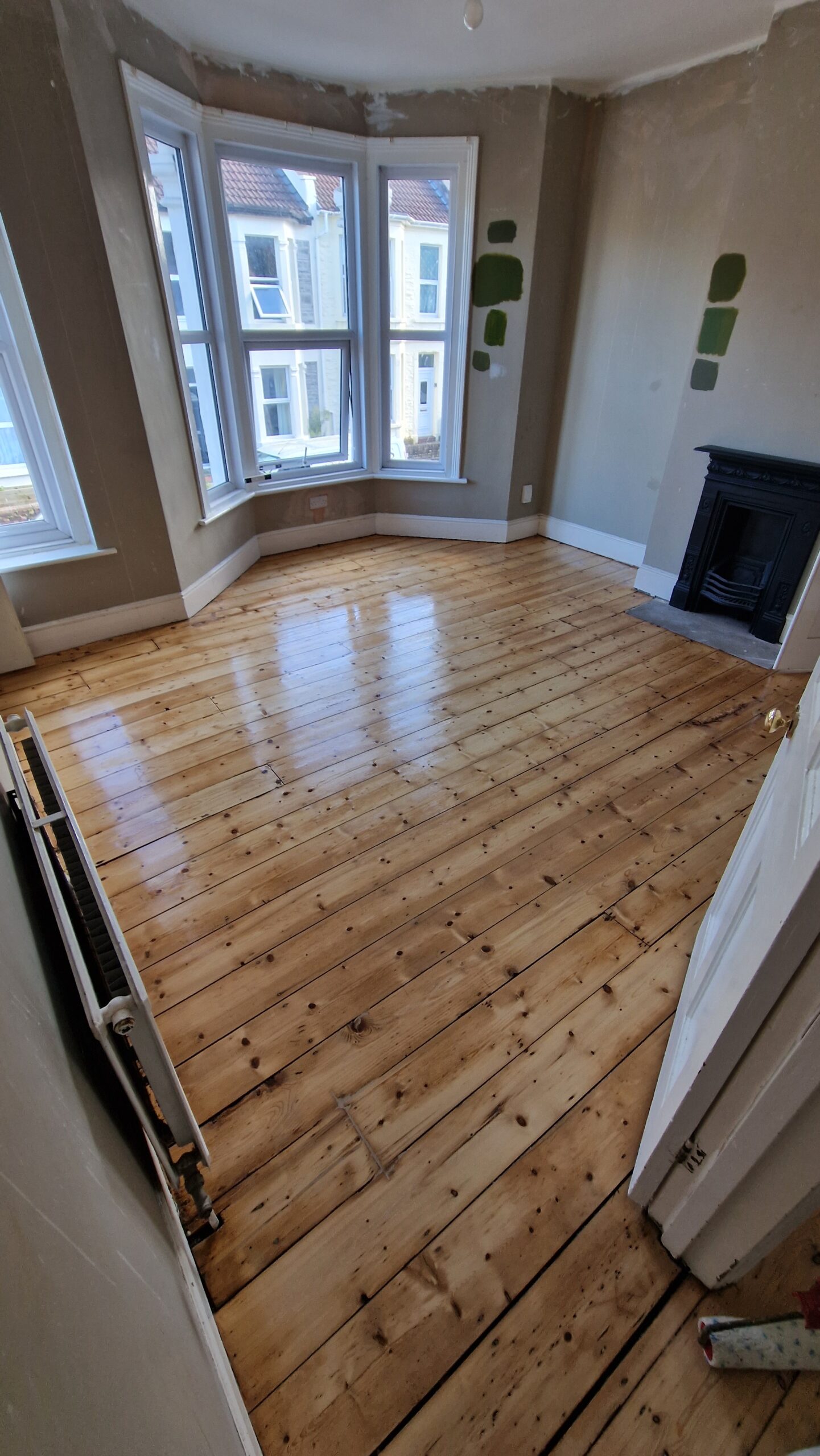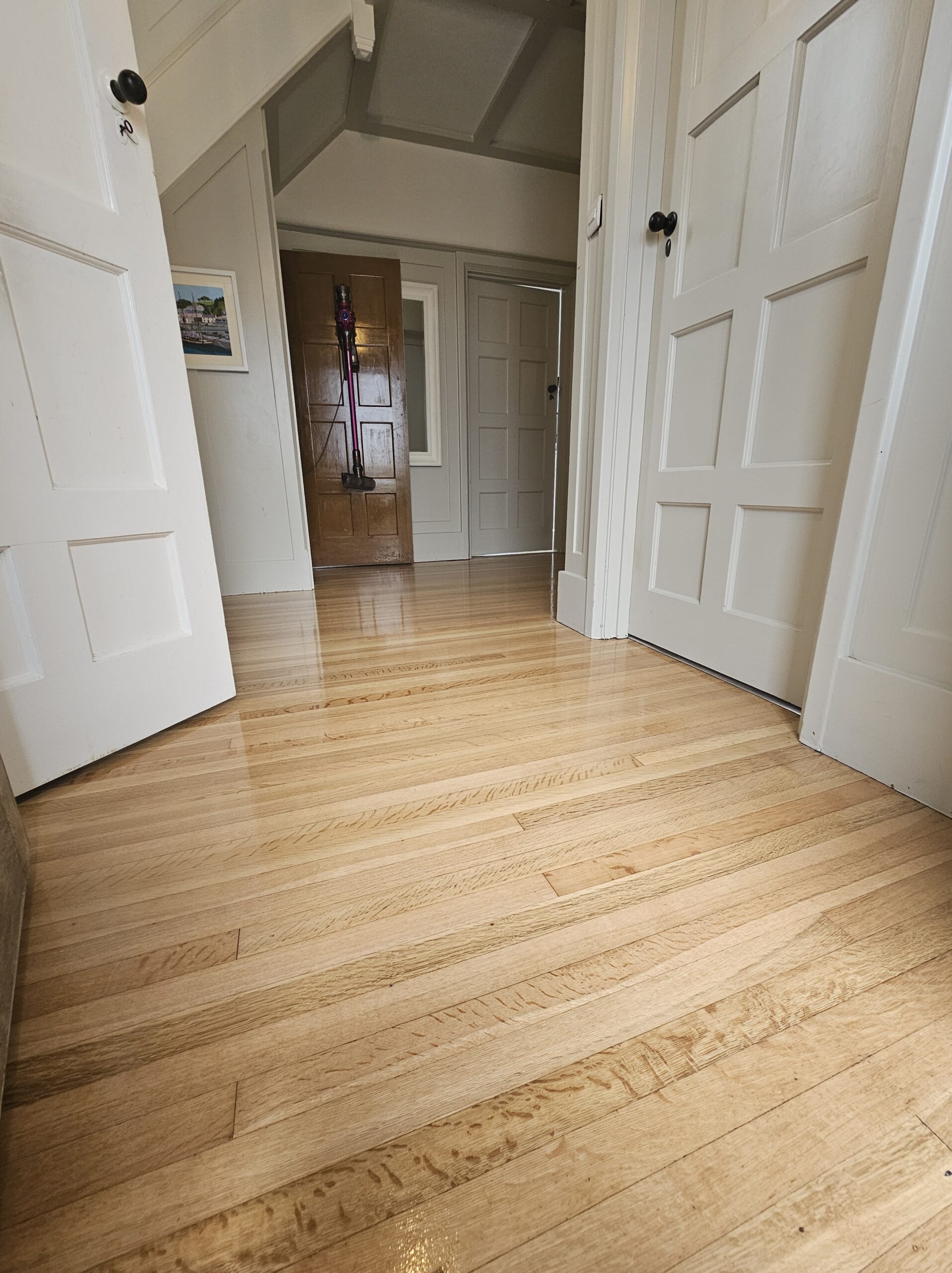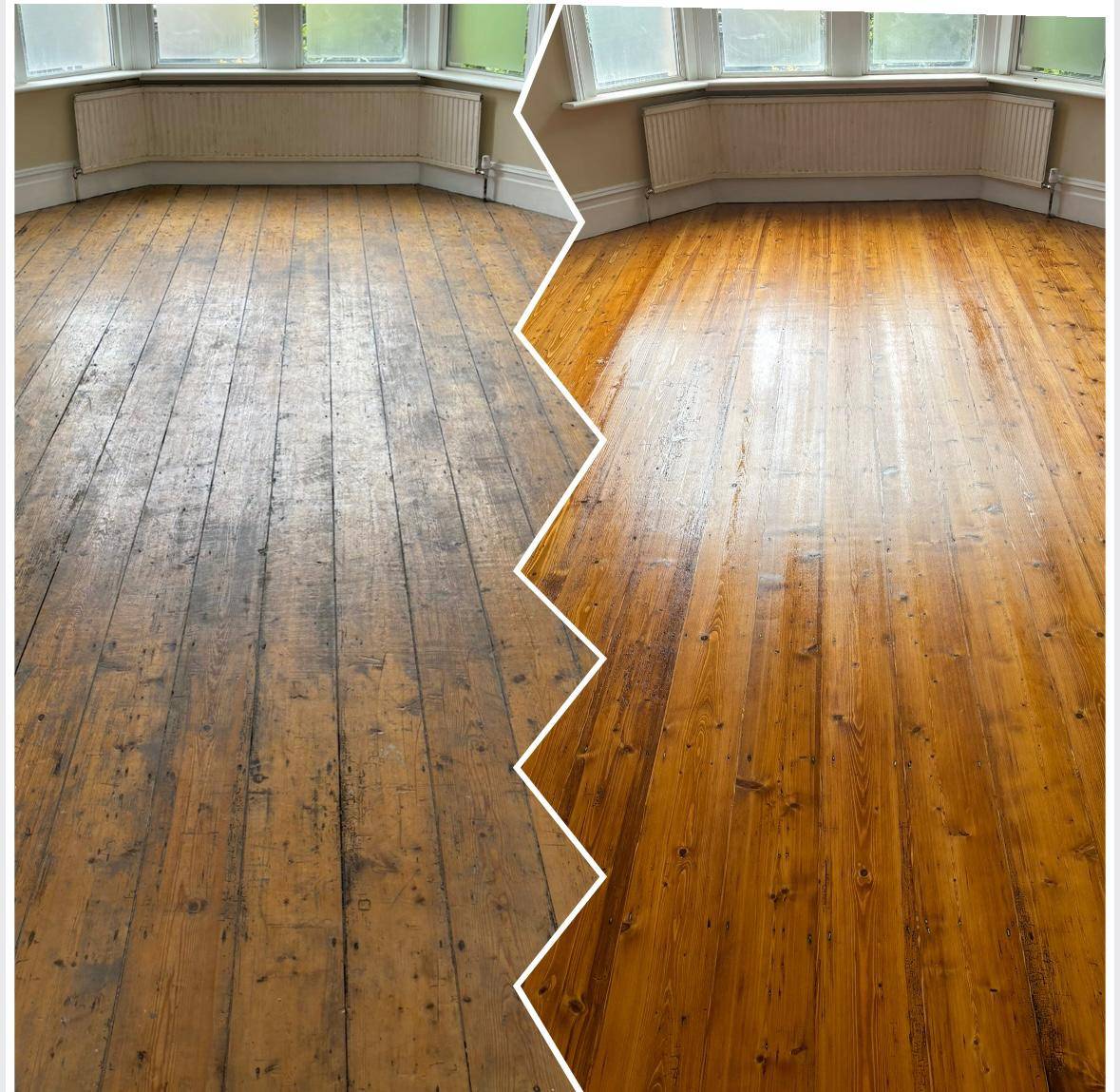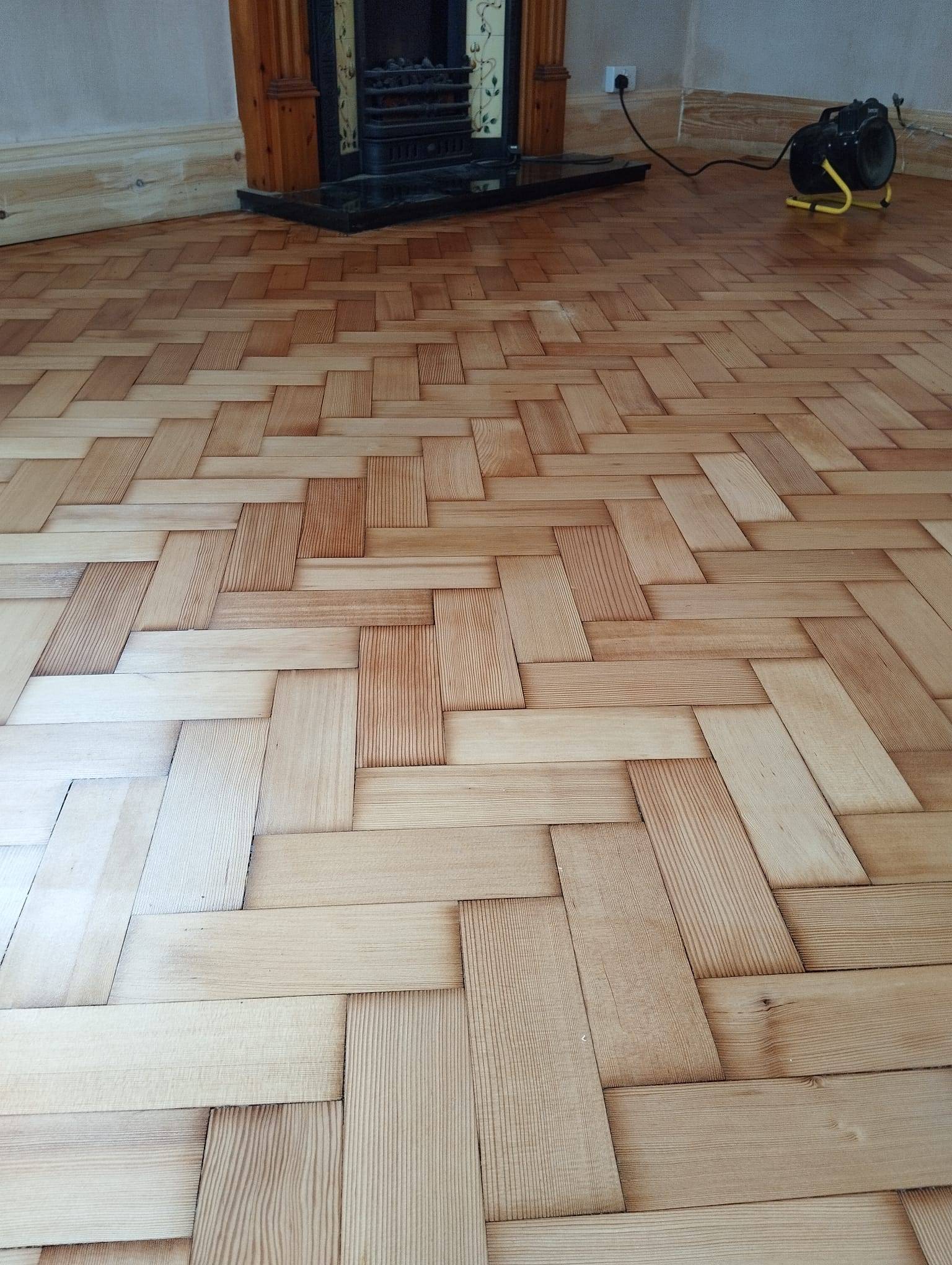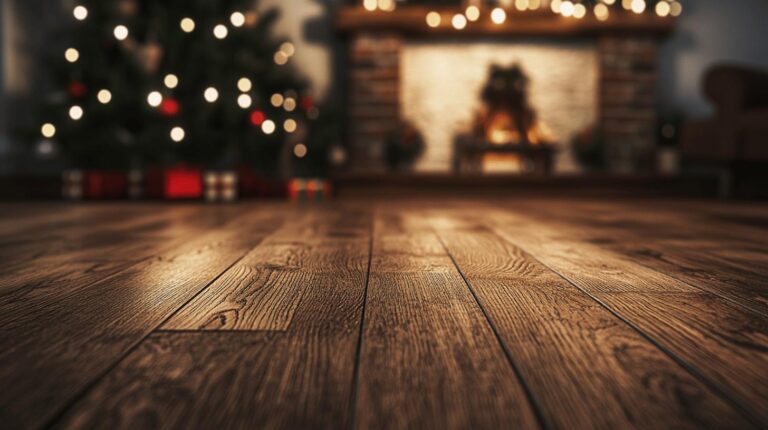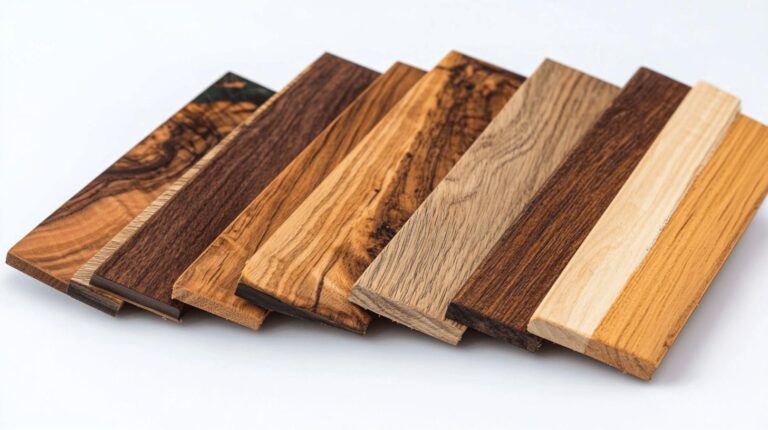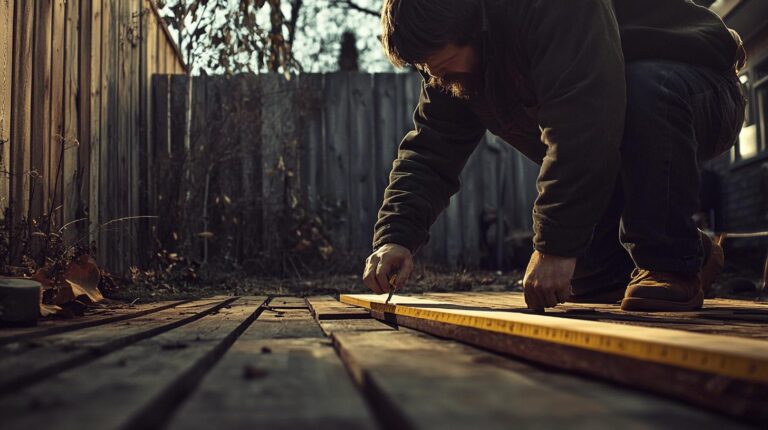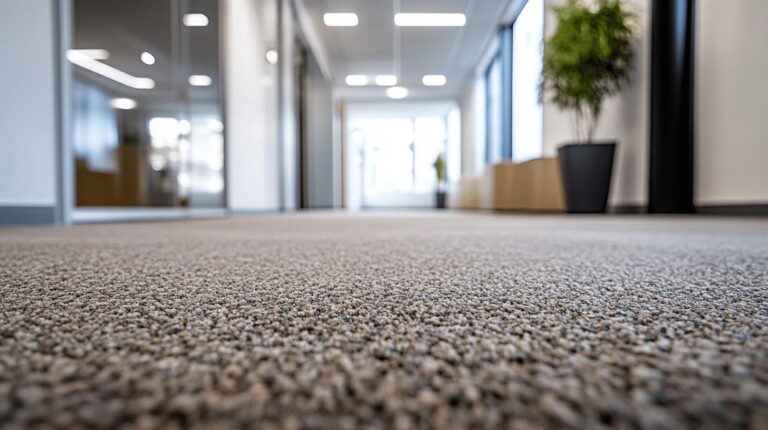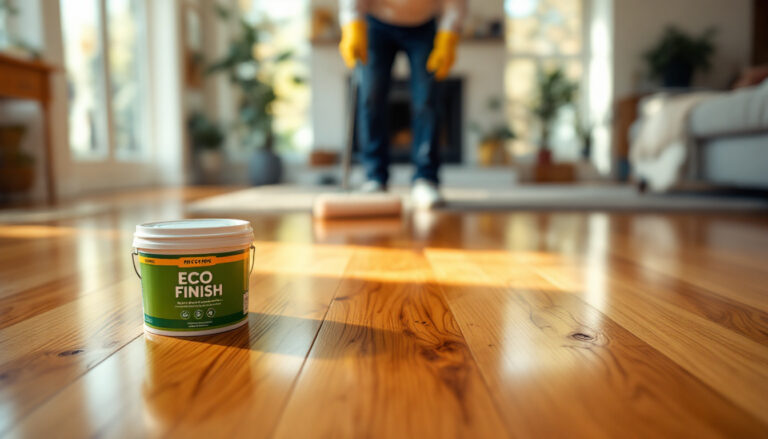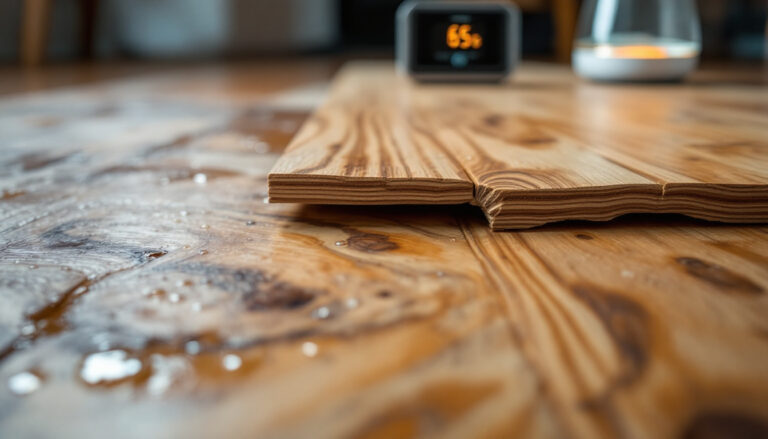Imagine lounging on your renewed deck, the wood glistening under the sun, inviting relaxation and admiration. This vision can be your reality with the right approach to refinishing your wood deck. While transforming outdoor spaces might seem daunting to beginners, the process becomes manageable with some insightful guidance and effective techniques. Preparing your deck can significantly enhance its appearance and lifespan, ensuring a smooth finish that withstands the elements. Discover essential tips for beginners to refine their wood decks into elegant focal points of outdoor aesthetics. Explore our expert advice and start your journey to a stunning exterior transformation.
Preparing Your Wood Deck for Refinishing
Proper preparation is crucial for successful wood deck refinishing. By ensuring a clean and well-prepared surface, the new finish will adhere effectively, prolonging the life of your deck. Removing dirt, mould, and other contaminants is essential, as these can compromise the finish and lead to premature deterioration. Investing time in thorough preparation not only enhances the deck’s appearance but also contributes to its durability and safety.
- Sweep the deck to remove loose debris and dirt.
- Apply a specialised deck cleaner to tackle stubborn stains and mould.
- Use a pressure washer to deep clean the surface, maintaining a safe distance to avoid damaging the wood.
- Scrub the deck with a stiff-bristled brush in the direction of the grain.
- Rinse thoroughly with clean water to remove all cleaning residues.
Choosing the right cleaning solution is essential to maintain the integrity of your wood deck. Different types of wood may require specific cleaners, so it’s important to select one that suits your deck material. Avoid harsh chemicals that could damage the wood fibres. For decks with significant mould or algae growth, an oxygen bleach solution is effective. After cleaning, ensure the deck is rinsed thoroughly, especially if oxygen bleach is used, to prevent any potential damage to the wood’s cellular structure. Proper rinsing removes all remnants of the cleaning agents, leaving the wood ready for the next steps in the refinishing process.
Essential Tools and Materials for Deck Refinishing
Having the right tools and materials is vital for achieving a successful deck refinishing project. The correct equipment not only makes the process more efficient but also ensures a high-quality finish that will last. Without the appropriate tools, tasks such as sanding or sealing can become cumbersome and may result in an uneven finish, compromising the deck’s visual appeal and longevity. Investing in quality tools is a wise decision for beginners, making the task more manageable and the outcome more professional.
- Deck screws or nails
- Pressure washer
- Stiff-bristled brush
- Orbital sander
- Sandpaper (various grits)
- Deck cleaner
- Paintbrush or roller
- Protective gear (gloves, goggles)
Using sanders correctly is crucial for optimal results. An orbital sander is recommended for its ability to provide an even surface without causing gouges. It’s important to choose the right sandpaper grit; start with a coarser grit to remove old finishes and move to a finer grit for smoothing. Always sand along the wood grain to avoid scratches. When applying cleaners or sealers, ensure even coverage using a paintbrush or roller, and follow the manufacturer’s instructions for drying times. Proper tool usage not only enhances the deck’s appearance but also extends its durability.
Step-by-Step Guide to Refinishing Your Wood Deck

Transforming your outdoor space with a beautifully refinished wood deck involves several key steps, each crucial for achieving a durable and stunning result. Follow this step-by-step guide for a successful DIY deck refinishing project.
- Cleaning
Begin by thoroughly cleaning your deck to remove dirt, mould, and other contaminants. This step ensures the new finish will adhere properly. Use a specialised deck cleaner followed by a pressure washer to deep clean the surface. Remember, maintain a safe distance with the pressure washer to avoid damaging the wood. - Repairing
Inspect your deck for any damaged boards, loose nails, or screws. Replace any defective boards and secure loose nails or screws to ensure the deck’s structural integrity. Addressing these issues now prevents future problems and enhances safety. - Sanding
Sand the deck to remove old finishes and smooth the surface, promoting an even application of the new stain. Start with a coarse grit sandpaper and finish with a finer grit. Use an orbital sander for best results, moving along the wood grain to avoid scratches and ensure a smooth finish. - Treating
Apply a wood brightener to treat the deck and restore its natural colour. This step enhances the wood’s appearance and ensures it is ready for staining. Follow the manufacturer’s instructions for application and allow it to dry completely before proceeding. - Sealing
Choose an appropriate stain and sealant for your deck’s wood type and desired finish. Apply the stain evenly with a brush or roller, working in small sections to maintain a wet edge. After the stain dries, apply a sealant to protect the wood from moisture, UV rays, and wear. - Maintaining
Regular maintenance is essential to prolong the life of your refinished deck. Keep it clean, address minor repairs promptly, and reapply sealant as needed to preserve its appearance and functionality.
Common pitfalls to avoid during deck refinishing include neglecting thorough cleaning, which can lead to poor stain adhesion. Skipping the sanding step may result in an uneven finish while using incorrect sandpaper grit can damage the wood. Choosing unsuitable stain or sealant products can compromise protection and aesthetics. Ensuring each step is executed with care will lead to a beautifully refinished deck that enhances your outdoor space.
Choosing the Right Stain and Sealant for Your Deck
Selecting the right stain and sealant for your wood deck is pivotal for both its appearance and longevity. The correct products offer protection against moisture, UV damage, and daily wear, preserving the wood’s natural beauty while enhancing its durability. A well-chosen stain can highlight the grain and natural colour of the wood, while an effective sealant locks in these features and provides a barrier against the elements. Consider the type of wood, the climate, and your aesthetic preferences when making your choice. Ensuring compatibility between the stain and sealant is crucial to achieving a uniform finish and lasting protection.
| Type | Features | Benefits |
|---|---|---|
| Semi-Transparent Stain | Allows wood grain visibility, light UV protection | Enhances natural beauty, minimal colour alteration |
| Solid Stain | Opaque finish, high UV resistance | Offers complete coverage, excellent protection |
| Clear Sealant | Transparent, water-repellent | Preserves natural wood look, protects against moisture |
To apply the stain and sealant effectively, begin by ensuring the wood is clean and dry, as this will maximise adherence and performance. Use a paintbrush or roller for even application, working in small sections to maintain a wet edge and avoid lap marks. Follow the grain of the wood for best results, and allow ample drying time between coats as specified by the manufacturer. Proper application not only enhances the deck’s aesthetic appeal but also ensures comprehensive protection, extending the life of your outdoor space.
Maintaining Your Deck Post-Refinishing
Regular maintenance is crucial to preserve the condition and appearance of your wood deck after refinishing. A well-maintained deck not only lasts longer but also retains its aesthetic appeal, providing a pleasant and safe outdoor space for your home. Neglecting maintenance can lead to deterioration, such as rot, warping, or discolouration, reducing the deck’s lifespan and functionality. By incorporating simple maintenance routines, you can ensure that your deck remains a valuable asset to your property.
- Sweep the deck regularly to prevent dirt and debris buildup.
- Clean the deck with a gentle soap solution at least twice a year.
- Inspect for loose boards or nails and repair them promptly.
- Reapply sealant annually to protect against moisture and UV damage.
- Trim surrounding foliage to prevent mould and mildew growth.
By maintaining your deck diligently, you enhance the overall aesthetic of your home and garden, potentially increasing the property value. A well-kept deck offers a refreshed and inviting outdoor space, perfect for relaxation and entertainment. Consistent upkeep not only preserves the visual charm of your deck but also ensures its structural integrity, providing a safe and enjoyable environment for years to come.
Common Mistakes to Avoid in Deck Refinishing
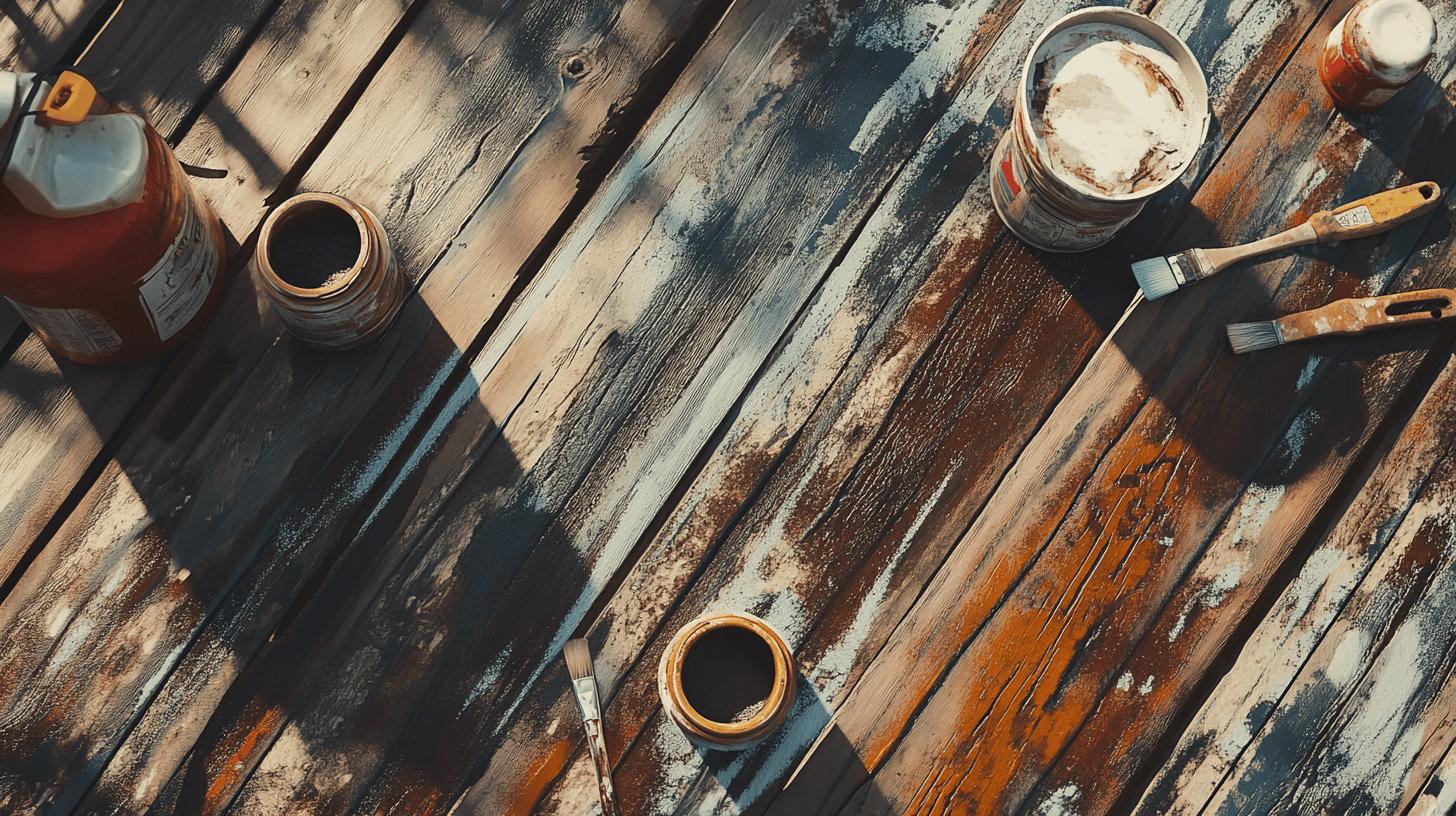
Understanding the common mistakes in deck refinishing is essential for beginners aiming to transform their outdoor spaces effectively. These errors can compromise both the aesthetic appeal and safety of the deck, leading to unnecessary expenses and frustration. By familiarising themselves with these pitfalls, beginners can ensure a smoother refinishing process and achieve a long-lasting, attractive finish that enhances the functionality and appearance of their deck.
Novices often make mistakes such as inadequate surface preparation, which can result in poor adhesion of the stain or sealant, leaving the deck vulnerable to weather damage. Using inappropriate materials, including the wrong type of stain or sealer, can affect the wood’s durability and appearance. Additionally, neglecting to sand the deck properly can lead to an uneven finish. To avoid these issues, ensure thorough cleaning, choose products suited to your deck’s wood type, and follow recommended sanding techniques for a smooth, even surface.
Final Words
Transforming your outdoor spaces starts with meticulous preparation and knowledge. By understanding the essential steps in wood deck refinishing, from cleaning and selecting the right tools to applying stains and sealants, beginners can enhance both the beauty and value of their property.
Avoiding common pitfalls ensures a smooth and safe process, while regular maintenance prolongs the lifespan and appeal of your deck. With these actionable insights, creating a vibrant and long-lasting outdoor space becomes achievable, making every moment spent there more enjoyable and rewarding.
FAQ
Q: How do you refinish an outdoor wood deck?
Refinishing a wood deck involves cleaning, repairing, sanding, treating, sealing, and maintaining. Each step ensures the deck’s appearance and safety. Start with a thorough clean, repair damages, then proceed with sanding and application of stain or sealant.
Q: Is it better to sand or strip a wood deck?
Sanding is generally better for smoothing out imperfections and preparing the surface for a new finish. Stripping should only be used if the existing coating is heavily layered or challenging to remove.
Q: How do you make an old, weathered deck look good?
An old deck can be revitalised by cleaning thoroughly, replacing damaged boards, sanding the surface, and applying high-quality stain and sealant. This process improves both the appearance and longevity.
Q: Do you have to sand off old stains before restaining a deck?
Yes, sanding off old stains is crucial to ensure proper adhesion of the new stain. Sanding also helps in achieving a smooth layer and improving the overall finish.
Q: What are wood deck resurfacing options?
Resurfacing options include sanding, applying deck restoration coatings, or using composite overlay systems. Each option has distinct benefits based on the deck’s condition and desired finish.
Q: How can you restore decking in the UK?
Restoration involves cleaning, repairing, and applying a suitable wood stain and sealant. Choose products that withstand UK weather conditions for optimal durability and protection.
Q: What is the best product to restore an old deck?
The best products include high-quality wood stains and sealants designed for outdoor use. Look for those offering UV protection and water resistance for extended deck life.
Q: How can beginners effectively refinish a painted deck?
Beginners should start by removing the old paint through sanding or stripping, followed by cleaning and application of a new stain or paint. Proper preparation leads to a more durable finish.
Q: What are some deck cleaning methods for preparation?
Cleaning methods include power washing, using oxygen bleach solutions, and scrubbing with a deck cleaner. Each method effectively removes dirt, mould, and other contaminants, which is crucial for a good finish.
Q: How should you restore grooved decking?
Grooved decking requires detailed cleaning to remove debris from grooves. Use specialised tools or brushes, followed by sanding and the application of stain or sealant to enhance appearance and protection.
Q: How do you quickly paint the decking?
To quickly paint decking, ensure thorough preparation with cleaning and sanding. Use a roller for large areas and brushes for detailed or grooved sections to save time without compromising coverage.
